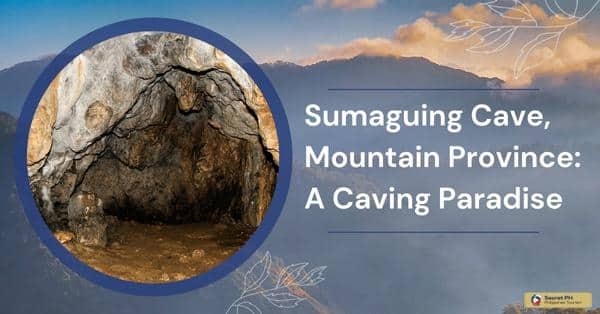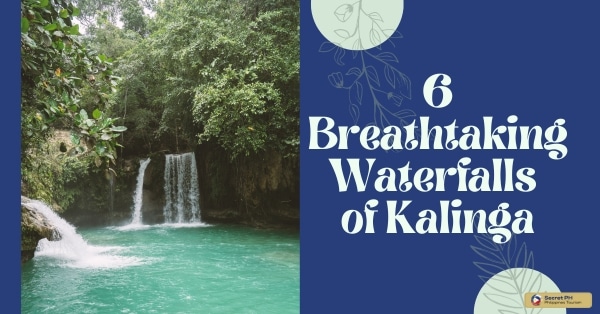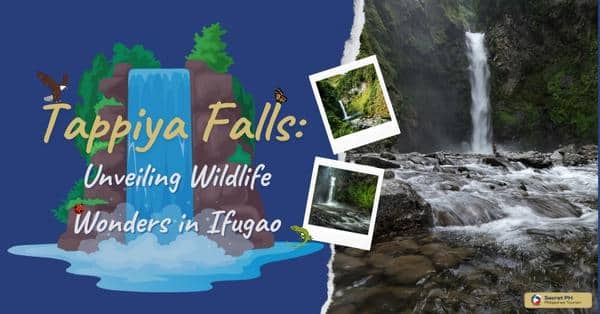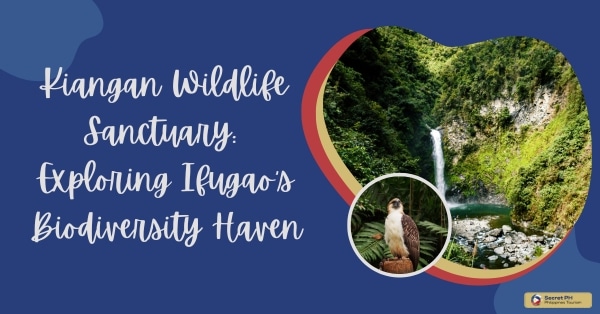Explore the unique and thrilling adventure of caving in the Philippines. With stunning underground wonders, unique geological formations, and fascinating flora and fauna, it’s a must-try adventure for any thrill-seeker. However, safety should be a top priority, and proper preparation and essential gear are necessary. Discover the cultural significance of caves and recommended caving spots in the Philippines.
In this guide, we will cover the thrills and challenges of caving, important safety considerations, what to expect in Philippine caves, recommended caving spots around the country, and the essential gear needed for a successful cave excursion. So if you’re looking for an unforgettable journey into thrilling uncharted territory, get ready to explore and discover all the wonders that caving in the Philippines has to offer!
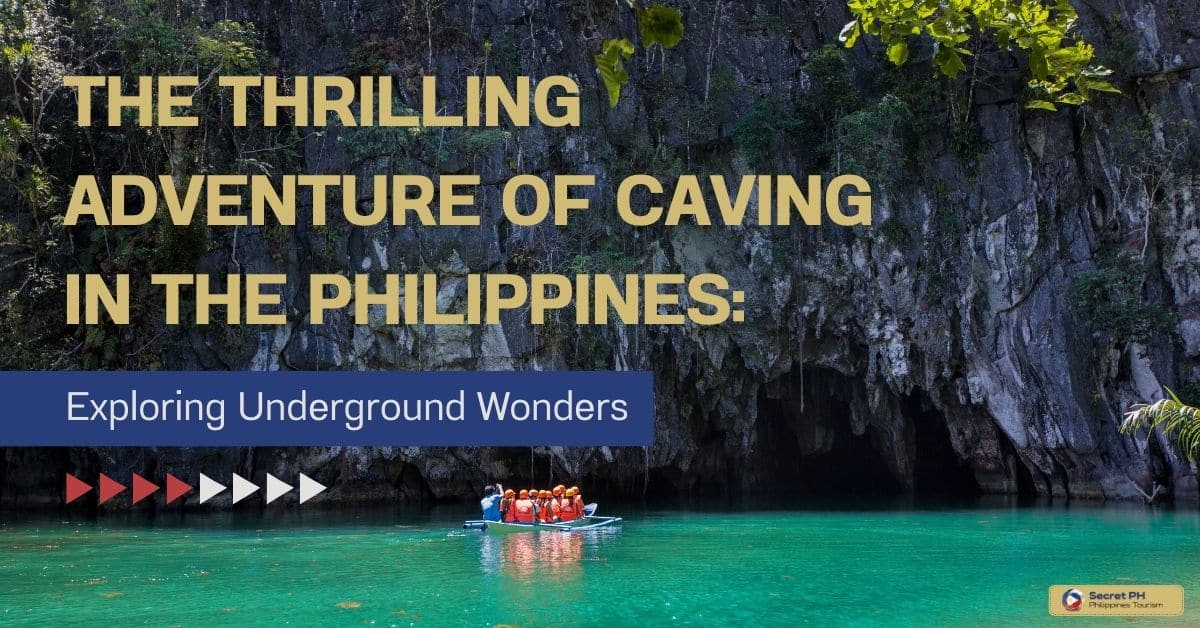
Exploring the Underground Wonders
Exploring the underground wonders of the Philippines through caving is an unforgettable experience. The Philippines is home to some of the most spectacular and unique cave systems in the world, filled with awe-inspiring geological formations, such as stalactites, stalagmites, and rock pillars. These underground wonders are formed over millions of years of natural geological processes, and each cave system has its own unique features and characteristics.
Caving allows you to explore the hidden depths of the earth, where you’ll discover magnificent chambers, sparkling crystal formations, and subterranean rivers. The thrill of venturing into the unknown, the excitement of discovery, and the sense of accomplishment you’ll feel after navigating challenging terrain and conquering obstacles make caving a one-of-a-kind adventure that will stay with you forever.
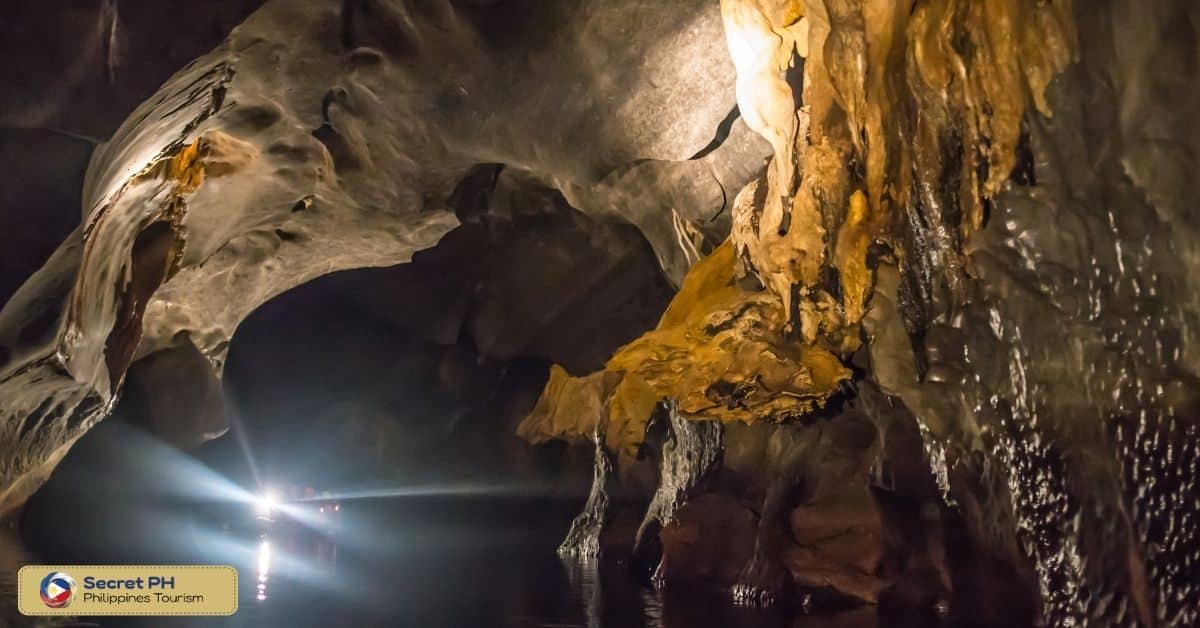
The Thrills and Challenges of Caving
Caving in the Philippines is not for the faint-hearted, as it offers plenty of thrills and challenges. The sense of adventure and excitement that comes with exploring uncharted underground territories is unparalleled. As you venture deeper into the caves, you’ll encounter tight squeezes, steep drops, and labyrinthine passages that require a great deal of skill, strength, and endurance to navigate.
In addition to the physical challenges, caving also requires mental strength, as you’ll be navigating through complete darkness in some areas, and it can be disorienting and challenging to stay focused and alert. However, the sense of accomplishment that comes with successfully navigating through a challenging cave system is unmatched, making caving in the Philippines an unforgettable adventure.
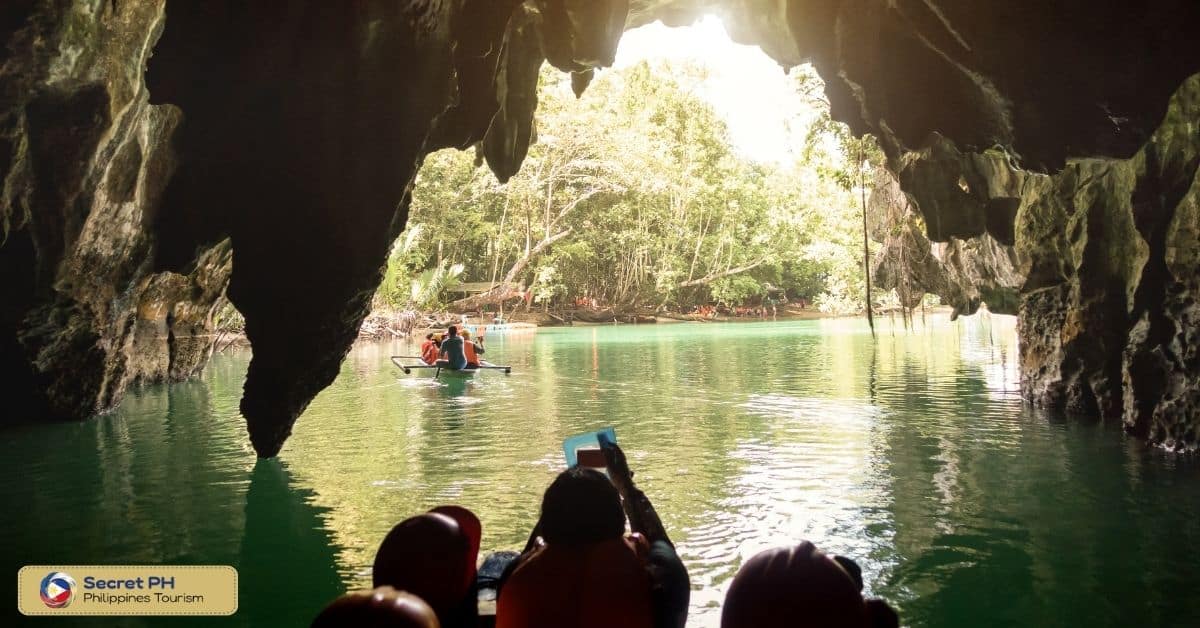
The Importance of Safety Precautions
Caving, also known as spelunking, is an exciting adventure that involves exploring underground caves, tunnels, and passageways. The Philippines is home to many beautiful and mesmerizing caves that attract caving enthusiasts from around the world. However, caving can also be a risky activity that requires proper safety precautions to ensure that everyone stays safe.
Here, we will discuss the importance of safety precautions in the thrilling adventure of caving in the Philippines.
Preventing Accidents: Caving can be a dangerous activity that poses numerous risks, including falling, entrapment, and hypothermia. Proper safety precautions such as wearing a helmet, proper footwear, and following the right route can help prevent accidents from happening.
Protecting Yourself: In addition to preventing accidents, safety precautions also protect cavers from potential hazards such as sharp rocks, low ceilings, and slippery surfaces. Cavers must also protect themselves from the natural elements found in caves, such as bats and insects, by wearing appropriate gear.
Not Risking the Lives of Others: Caving involves teamwork, and one person’s mistake can put the entire team in danger. Proper safety precautions such as using a buddy system and staying together can prevent accidents and ensure that everyone stays safe.
Leaving No Trace: Cavers must also take precautions to preserve the environment and leave no trace. This includes avoiding disturbing the natural elements found in the caves, such as stalactites and stalagmites.
Following Local Regulations: Many caves in the Philippines are regulated to protect their natural beauty and ensure that cavers stay safe. It is essential to follow local regulations to prevent accidents, preserve the natural environment, and respect the surrounding communities.
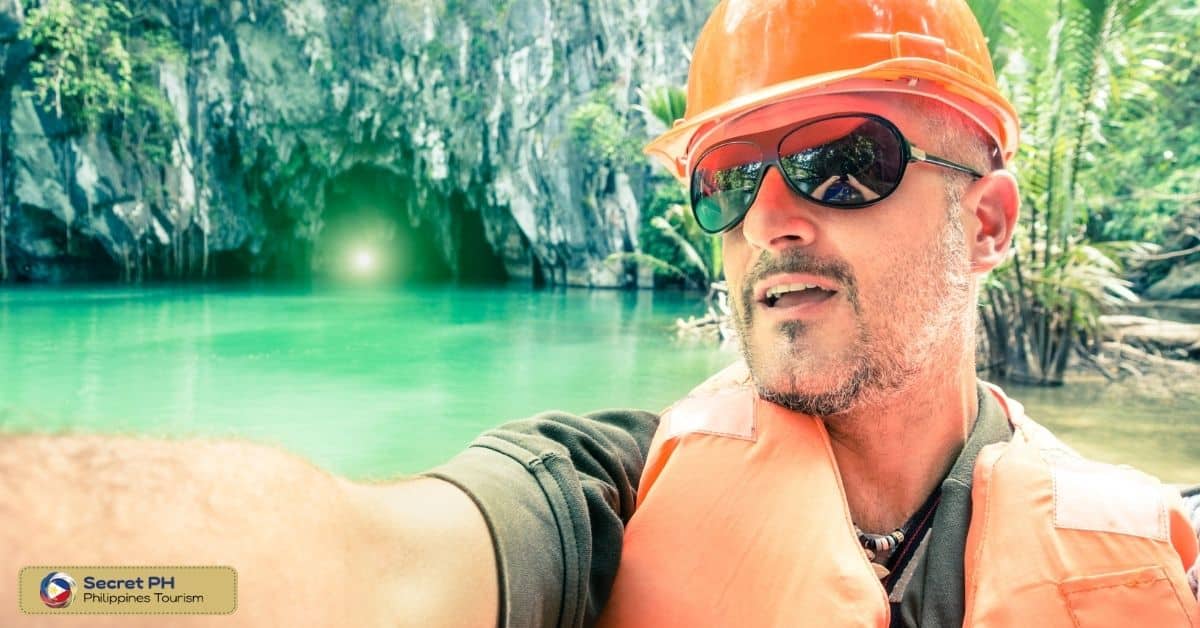
The Unique Geological Formations in Philippine Caves
The Philippine caves are home to some of the world’s most stunning geological formations, which have taken millions of years to form. Stalactites and stalagmites are among the most famous formations, which form over time as mineral-rich water drips from the cave ceiling, leaving behind deposits that grow slowly over time. Other unique formations include flowstones, cave pearls, and helictites, which are formed through a variety of complex geological processes.
Each cave system in the Philippines has its own unique geological formations, and they’re often named after the most prominent formations found within them. These formations are often given descriptive names, such as “the crystal cathedral” or “the dragon’s mouth,” reflecting their striking beauty and awe-inspiring appearance. Exploring these unique geological formations in the Philippines is an experience unlike any other and is a must-see for anyone interested in geology and the natural world.
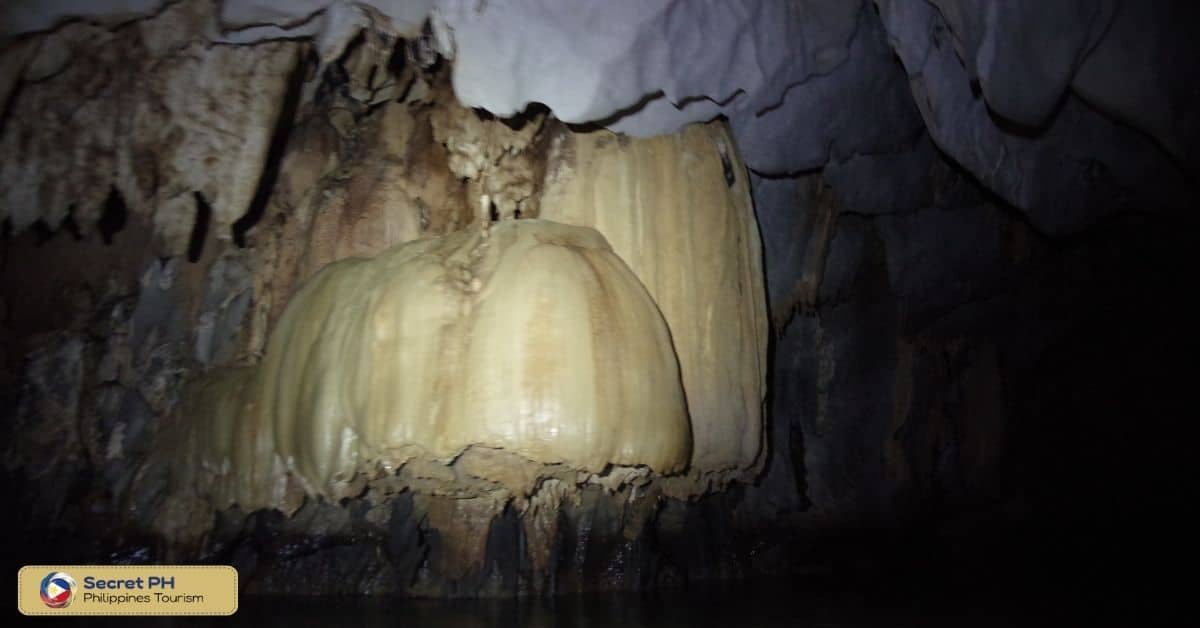
The Fascinating Flora and Fauna Found in Caves
The Philippines is home to some of the most beautiful and unique caves in the world. From massive underground chambers to winding passageways, these natural wonders are a sight to behold. But what makes caving in the Philippines truly special is the fascinating flora and fauna that can be found deep underground.
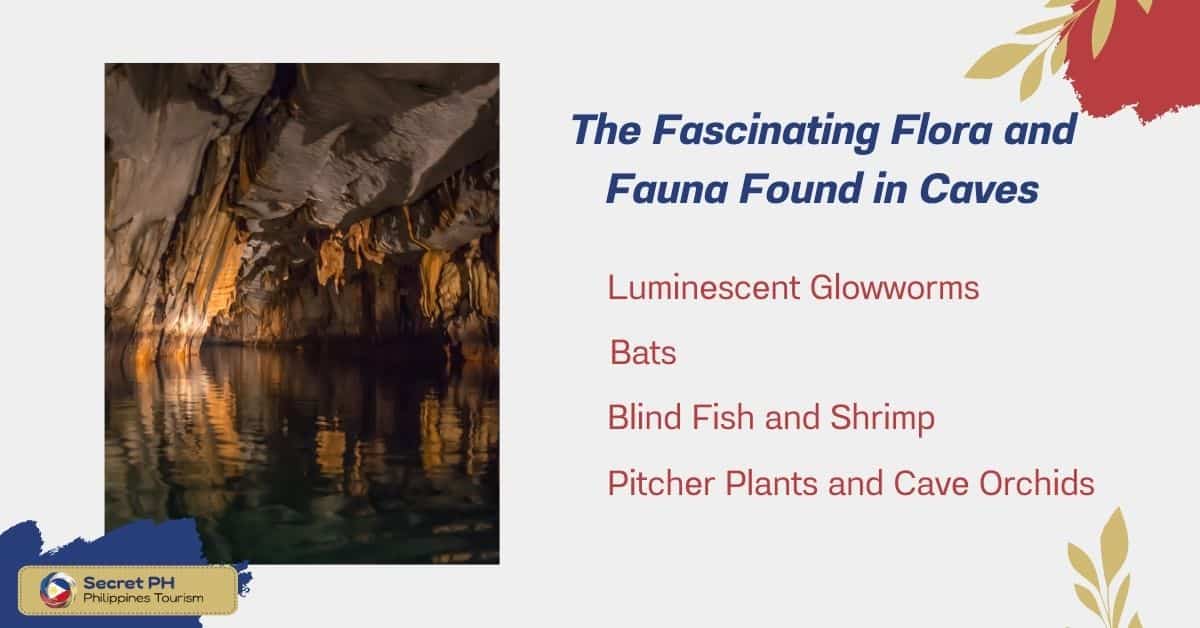
Luminescent Glowworms
One of the most captivating sights in the caves of the Philippines is the spectacle of luminescent glowworms. These tiny bioluminescent creatures light up the darkness of the caves and create a mesmerizing display. It’s like looking up at a galaxy of stars, but the stars are right in front of you.
Bats
Bats are common residents of Philippine caves. These nocturnal creatures can be seen hanging from the cave ceilings, and if you’re lucky, you might even see them fly overhead. But bats aren’t just fascinating to look at, they also play an important role in the cave ecosystem. They help pollinate plants, disperse seeds, and keep insect populations in check.
Blind Fish and Shrimp
Some Philippine caves are home to unique species of fish and shrimp that have adapted to living in complete darkness. These creatures have evolved to survive without eyes, relying instead on other senses like touch and smell. Seeing these unique creatures up close is a testament to the incredible adaptability of life on Earth.
Pitcher Plants and Cave Orchids
Believe it or not, some caves in the Philippines are home to a wide variety of plant life. Pitcher plants and cave orchids, for example, are two species that have adapted to the darkness and humidity of cave environments. These plants add a splash of color to the otherwise drab limestone walls of the caves.
Caving in the Philippines is an unforgettable experience, and the flora and fauna found in these caves only make the adventure more thrilling. Exploring underground wonders and discovering these incredible species is an opportunity like no other.
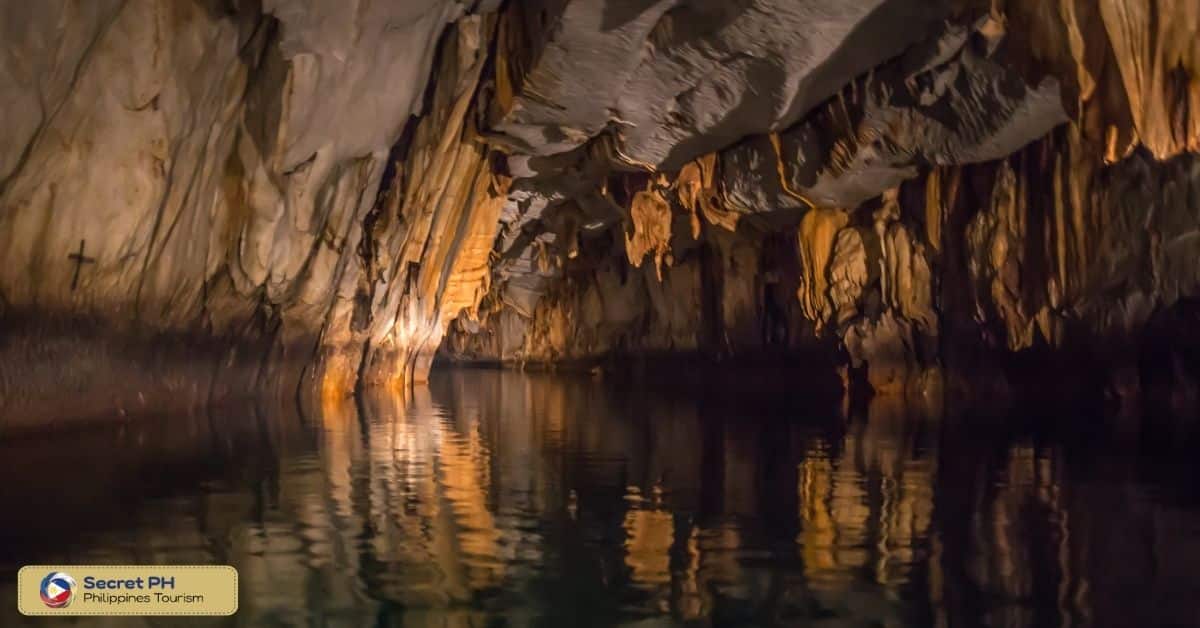
The Cultural Significance of Caves in the Philippines
Caves in the Philippines are not only home to stunning geological formations and unique flora and fauna but also hold significant cultural importance. They have been used by indigenous groups as sacred spaces and dwelling places for spirits and deities. During World War II, caves were also used as hideouts and bases of operations by Filipino guerrillas and soldiers.
Here are some more examples of the cultural significance of caves in the Philippines:
1. Rituals and Ceremonies– Many caves in the Philippines hold special significance in local folklore and traditions. They are often used as sites for religious or spiritual rituals and ceremonies, such as the underground river in Palawan, which is believed to be a sacred site.
2. Art and Archaeology– The caves in the Philippines are also home to stunning examples of prehistoric art, including cave paintings and carvings. Archaeologists have discovered many caves with evidence of prehistoric settlements, which provide important insights into the lives and practices of early Filipinos.
3. Tourism and Recreation– As more tourists flock to the Philippines to explore its many natural wonders, caves have become increasingly popular destinations for adventurers seeking a unique experience. Many of these caves offer challenging climbs, underground rivers, and breathtaking rock formations.
4. Education and Research– The study of caves is an important field of research in the Philippines, revealing insights into the country’s rich geological history and the unique flora and fauna that thrive in these underground environments. Researchers are also studying cave ecosystems to better understand how they function and how they are affected by human activities.
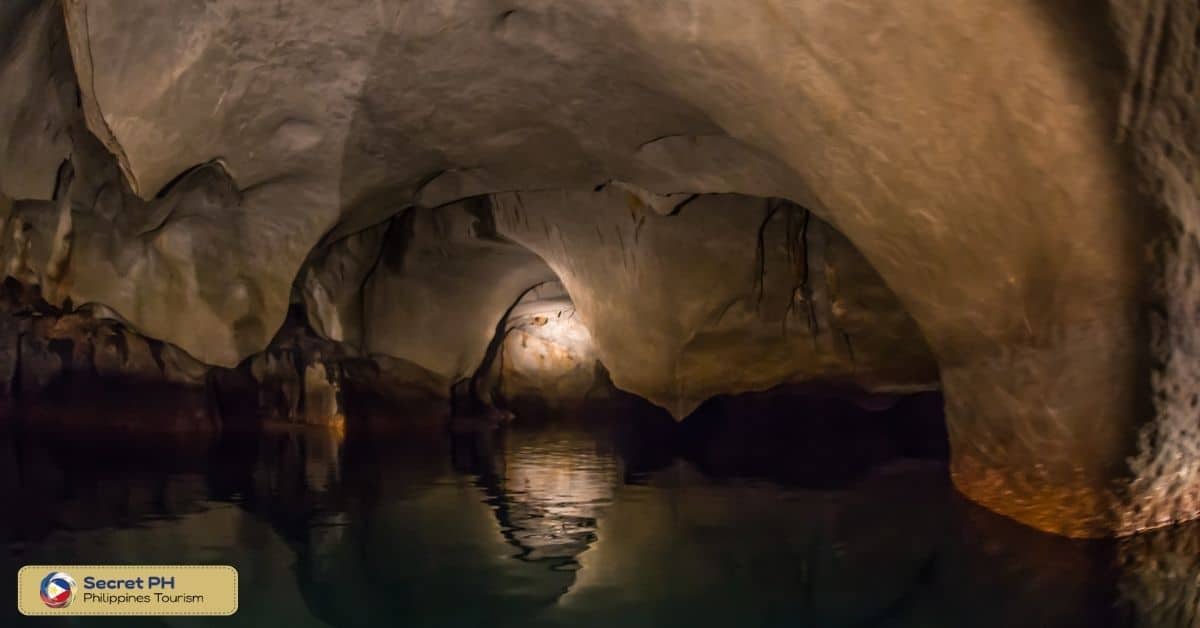
Recommended Caving Spots in the Philippines
The Philippines, with its impressive geological formations and rich biodiversity, is a haven for adventure seekers. One of the most exhilarating activities that you can experience in this tropical paradise is caving or spelunking. The country boasts numerous caves that offer thrilling adventures and breathtaking sights.
Here are some of the recommended caving spots in the Philippines that you should not miss:
1. Sumaguing Cave – Sagada, Mountain Province
Sumaguing Cave in Sagada, Mountain Province is a popular stop for caving enthusiasts. This massive cave system is full of spectacular geological formations, including towering stalactites, flowing underground rivers, and hidden chambers.
It also features challenging terrain that requires skill and endurance to navigate. Along with its stunning beauty, this cave has been the site of numerous archaeological discoveries, revealing its importance in Philippine history and culture.
Opening Hours: 6 AM–5 PM
Phone: +63999 391 5660
For pictures, booking, and more information, click here.
For directions, click here.
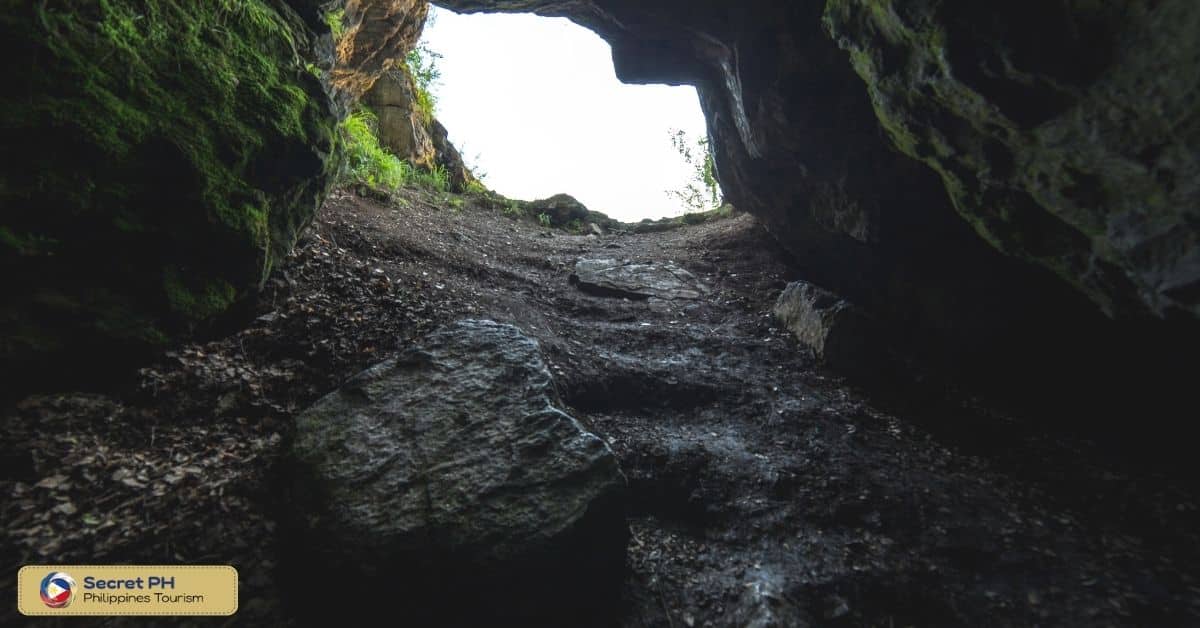
2. Callao Cave, Cagayan
Callao Cave in Cagayan is one of the most stunning caves in the Philippines. It features seven impressive chambers with towering stalactites, sparkling crystal formations, and a beautiful subterranean lake. The cave also has an abundance of fascinating wildlife, including spiders and bats. With its spectacular beauty and unique geological features, it’s no wonder why this cave is one of the most popular caving destinations in the country.
Address: PR59+3Q5, Peñablanca – Callao Cave Rd, Peñablanca, Cagayan
For directions, click here.
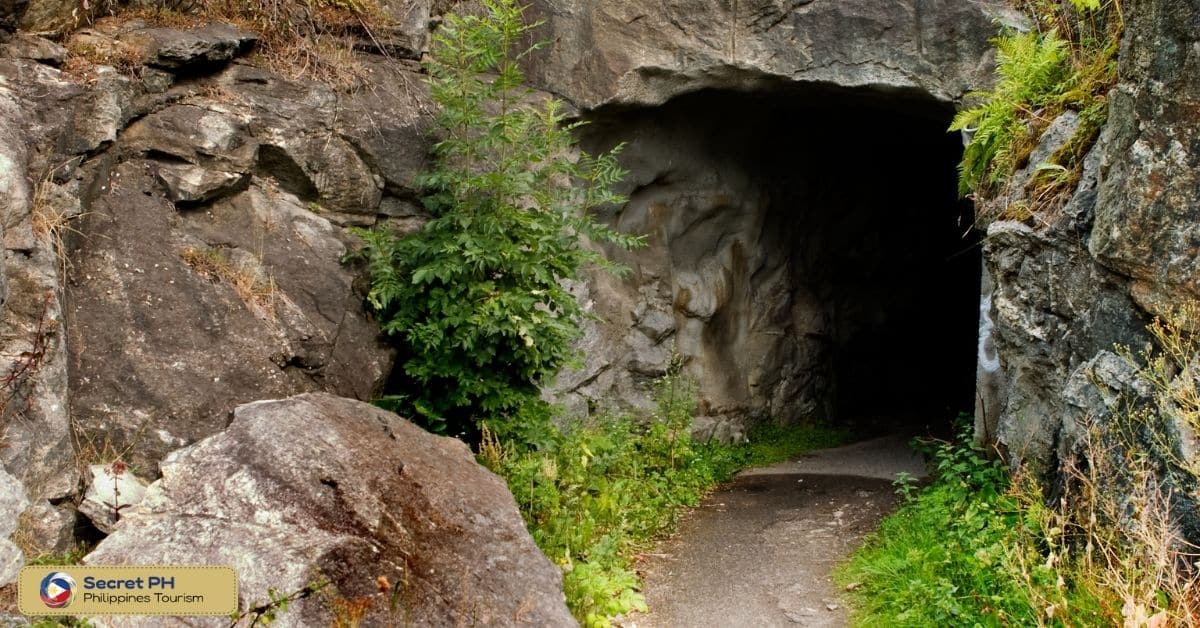
3. Sohoton Caves – Basey, Samar
Sohoton Caves in Basey, Samar is an enchanting network of caves and underground rivers. This mesmerizing cave system has several limestone chambers with sparkling rock formations, as well as hidden lagoons and waterfalls that are surrounded by lush vegetation. The area also has an abundance of fascinating wildlife, including bats, frogs, and shrimp.
Address: C42M+M6J, Basey, Samar
Opening Hours: 7 AM–3 PM
For directions, click here.
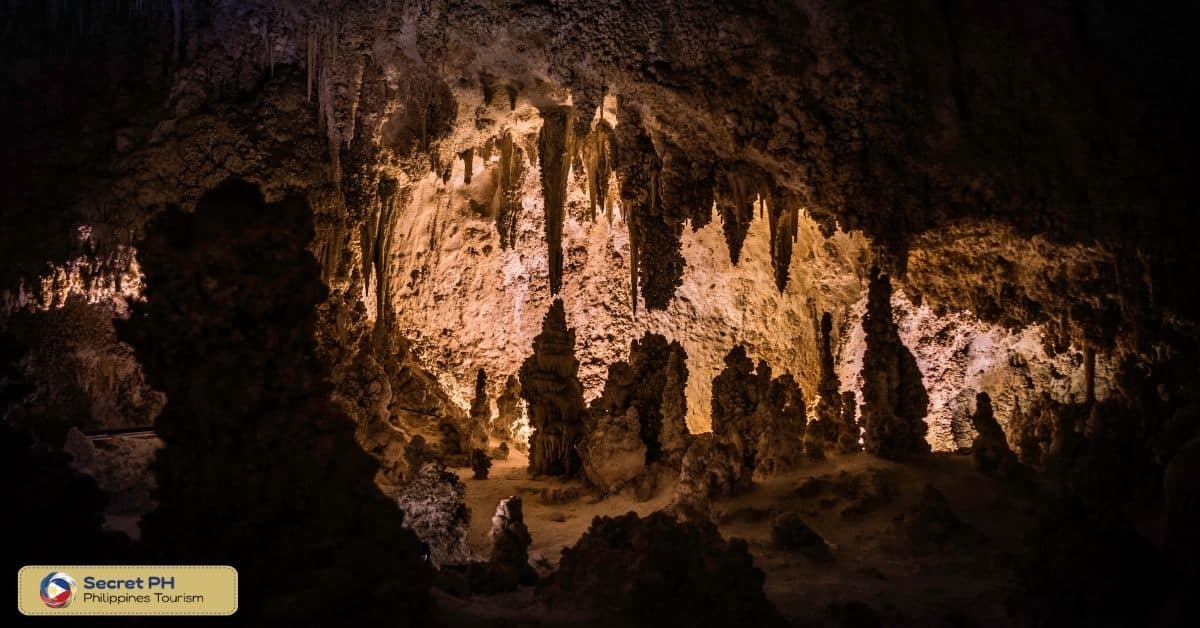
4. Biak-na-Bato National Park Caves – Bulacan
Nestled in the province of Bulacan lies the Biak-na-Bato National Park, a natural wonderland that showcases a diverse array of flora and fauna. One of the park’s highlights is its collection of magnificent caves that attract hordes of spelunkers and adventurers from near and far.
These caves are not just any average caves; they are adorned with stunning rock formations, underground rivers, and pools of crystal-clear water that invite visitors to take a refreshing dip. Exploring Biak-na-Bato’s caves is a thrilling and unforgettable experience that will leave anyone awestruck by nature’s beauty. If you’re an avid adventurer, you don’t want to miss this place.
Address: Barangay, Proper, San Miguel, 3011 Bulacan
Opening Hours: 8 AM–5 PM
For directions, click here.
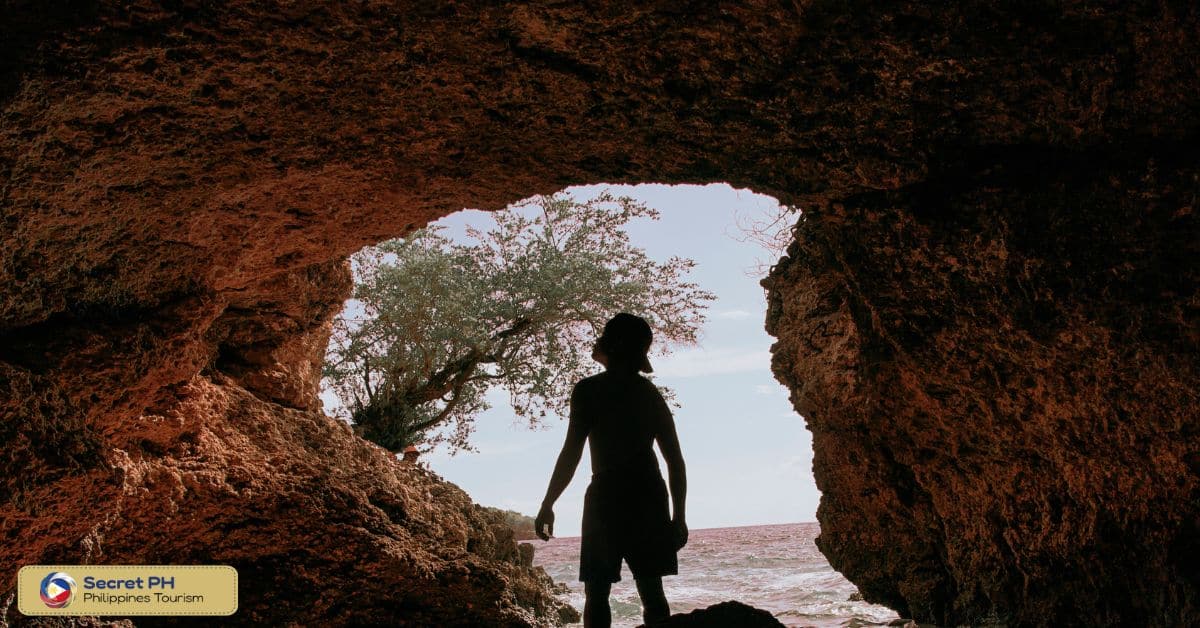
5. Balangagan Cave, Mountain Province
Deep within the Mountain Province lies the magnificent Balangagan Cave, a true jewel of the Philippines. This awe-inspiring natural wonder offers an adventure like no other, as visitors must navigate through underground rivers and climb through narrow passageways to explore its breathtaking caverns. The cave boasts stunning rock formations, crystal-clear pools of water, and an array of curious creatures that call it home.
It is an excellent destination for those seeking a unique and exciting outdoor experience. With proper guidance and a thirst for adventure, visitors can immerse themselves in the mystique of Balangagan Cave and witness the wonders of nature come to life.
Address: 2WW7+P7Q, Sagada, Mountain Province
Opening Hours: 7 AM–5 PM
For directions, click here.
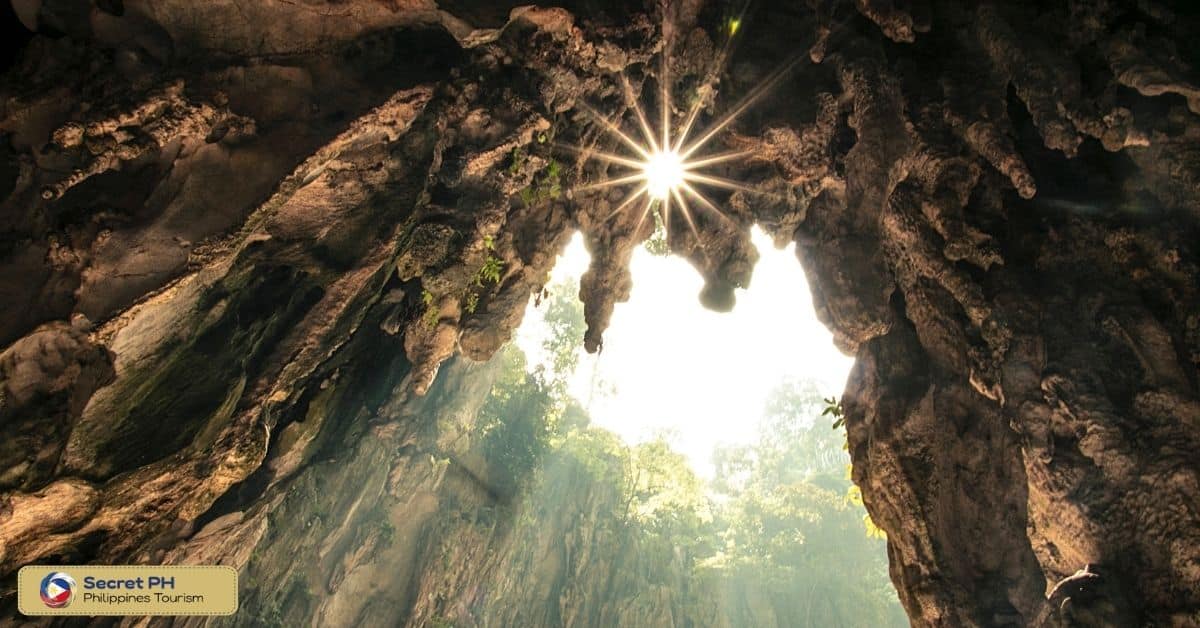
6. Lumiang Cave – Sagada, Mountain Province
Lumiang Cave in Sagada, Mountain Province is a fascinating destination for adventurers and nature lovers. The cave features unique rock formations and a network of intricate passages, making it a thrilling experience for those who love to explore. Visitors will have the opportunity to witness ancient burial sites and bones of indigenous people of the area, adding a cultural and historical aspect to the trip.
While exploring the cave, visitors must take on a physically challenging trek, with rugged terrain and slippery slopes, and will need to be equipped with proper gear and guidance. For those seeking a true adventure, Lumiang Cave presents a one-of-a-kind experience unlike any other.
Address: South Rd, Sagada, 2619 Mountain Province
Hours: 6 AM–5 PM
Phone: +63999 391 5660
For directions, click here.
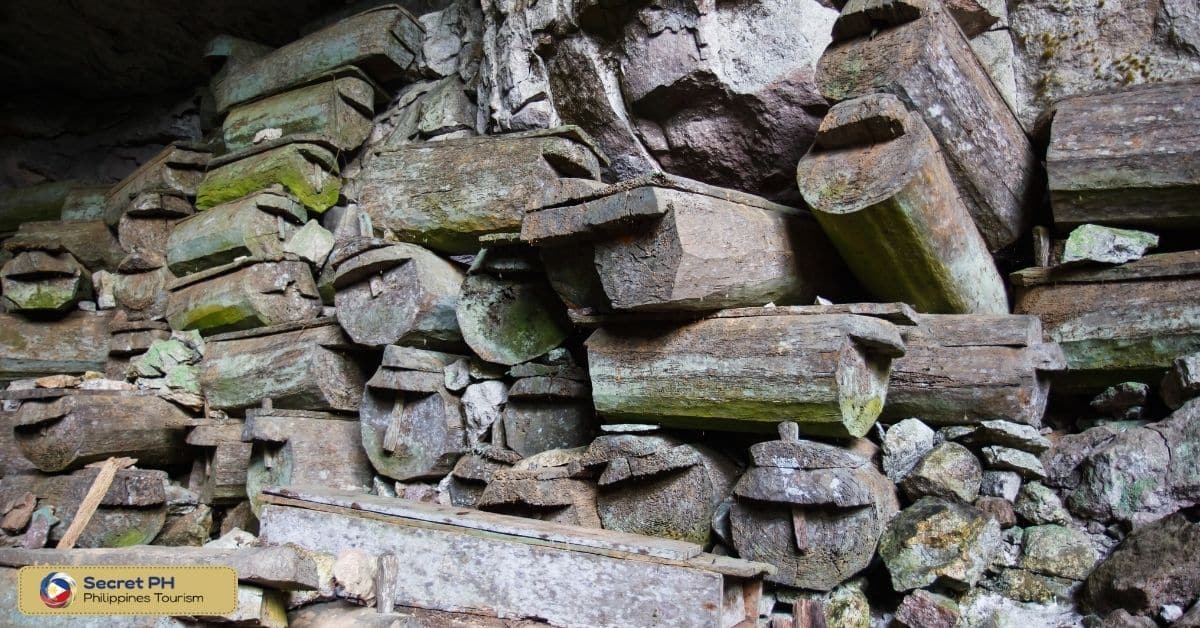
7. Hinagdanan Cave – Bohol
Located on the island of Bohol, Hinagdanan Cave is a natural wonder that will take your breath away. This cave is a must-see destination for anyone visiting Bohol, Philippines. With its turquoise waters, jagged limestone formations and underground pools, Hinagdanan Cave is a marvel of nature.
Adventurous travelers can swim in the cool depths of the cave, climb over rocks and jump off ledges into the crystal-clear water below. With its impressive stalactites and stalagmites, each unique and awe-inspiring, it’s easy to lose track of time as you explore this natural beauty. Hinagdanan Cave is definitely worth a visit for anyone looking for a truly unforgettable experience.
Address: JRG2+496, Bingag, Dauis, Bohol
Opening Hours: 8 AM–4 PM
For directions, click here.
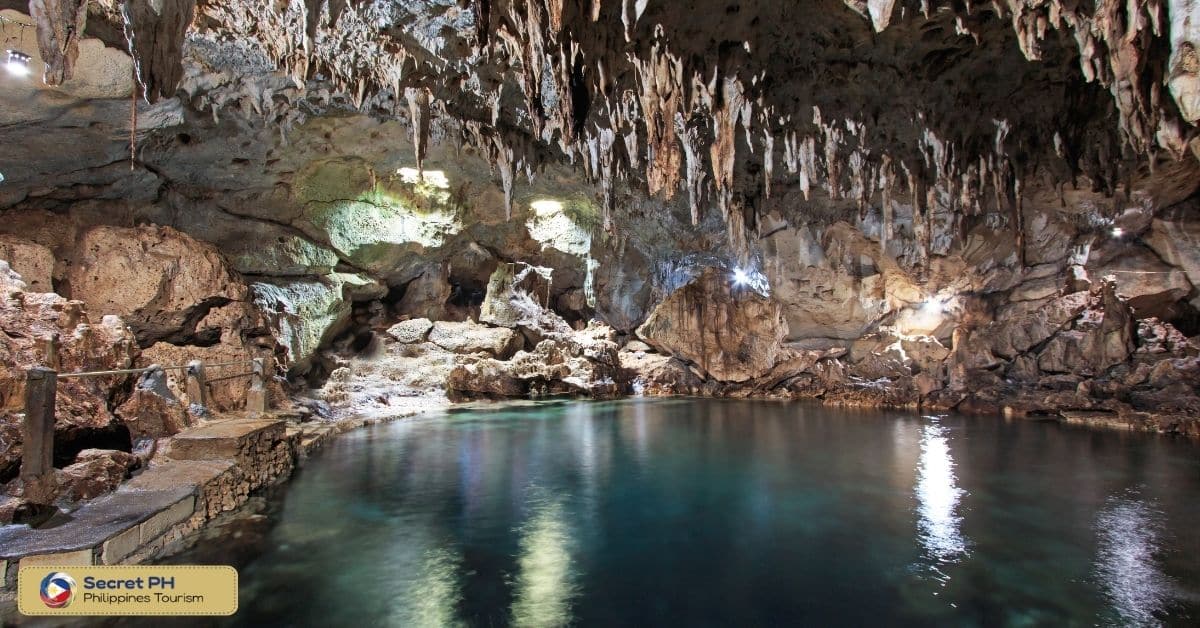
8. Puerto Princesa Underground River – Palawan
The Puerto Princesa Underground River is one of the most captivating destinations in Palawan, Philippines. This subterranean river measures 8.2 kilometers long and flows beneath a mountain range before reaching the South China Sea. It boasts crystal-clear waters rich with unique geological formations, including stalactites, stalagmites, and underground waterfalls.
This UNESCO World Heritage Site offers a blissful experience to tourists who are itching to explore natural wonders. Once you arrive at Sabang port, you’ll take a boat ride through mangrove forests before arriving at the underground river’s entrance. The underground river tour is captivating, and you’ll learn about the geology, ecology, and history of the cave.
Address: Puerto Princesa, Palawan
Management: Department of Environment and Natural Resources
For directions, click here.
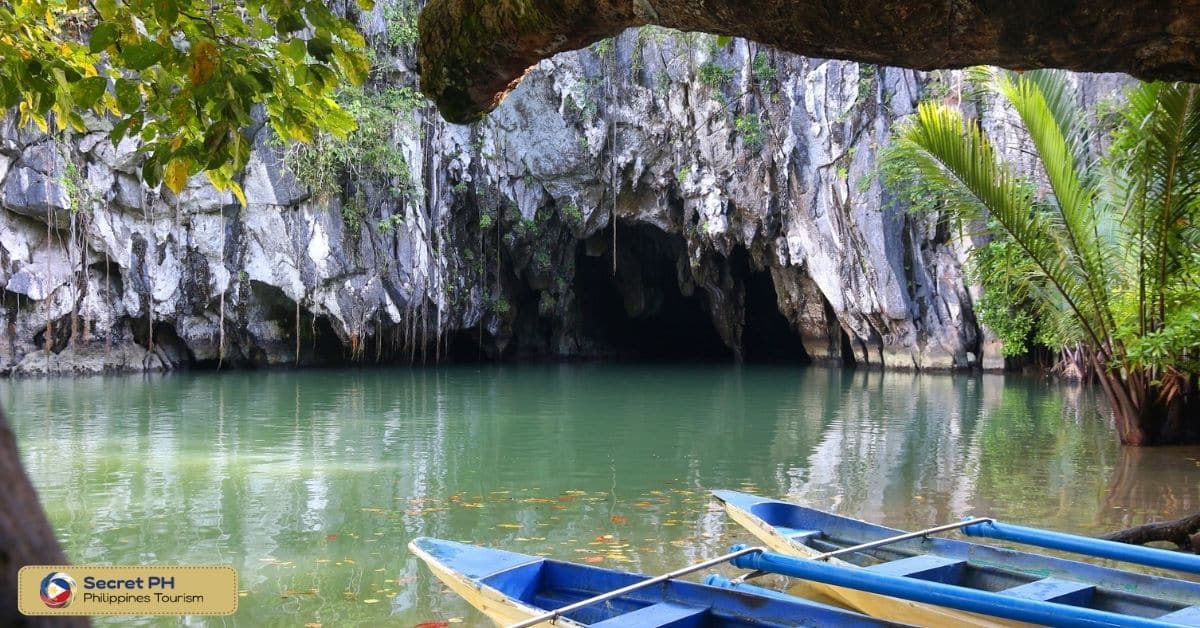
9. Langun-Gobingob Caves – Calbiga, Samar
Langun-Gobingob Caves, located in Calbiga, Samar, is a natural wonder that will take your breath away. With over 2,700 hectares of land and interconnected chambers, this is the largest cave system in the entire Philippines. As you enter the cave, you’ll be greeted by towering stalagmites and sparkling stalactites that have formed over thousands of years.
The cave also boasts underground rivers, waterfalls, and even a beautiful pool inside. But exploring this incredible wonder requires a great deal of physical activity and stamina. Adventure-seekers need to be prepared to climb rocks, wade through water, and navigate in the dark. But the experience is more than worth it.
Address: J3V5+V8P, Mahangcao, Samar
For directions, click here.
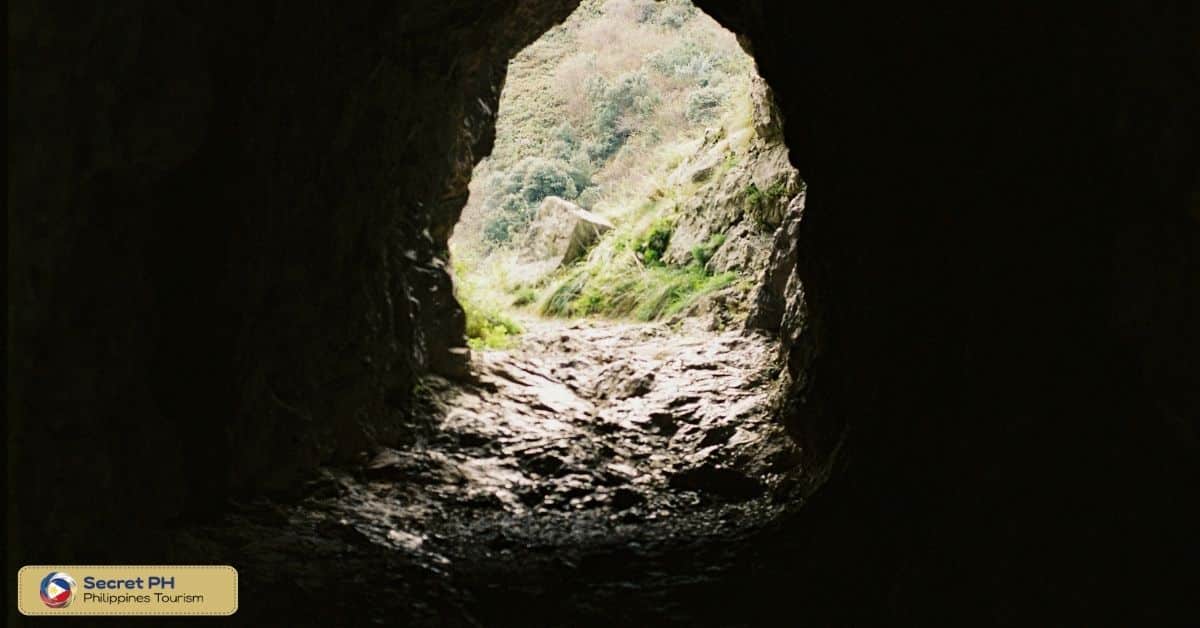
10. Cathedral Cave, El Nido
Located in the stunning El Nido, Cathedral Cave is an awe-inspiring natural wonder that leaves visitors speechless. This majestic cave boasts towering limestone formations and crystal-clear waters that reflect the vibrant hues of the surrounding vegetation. The caves are only accessible by boat, adding to the adventurous spirit of the visit.
Once inside, visitors are surrounded by a cool, peaceful atmosphere that can only be found deep within the earth’s surface. The cave got its name from the magnificent rock formation that resembles a cathedral, which is truly a breathtaking sight to behold. Visiting this extraordinary cave is a once-in-a-lifetime experience for nature enthusiasts and adventurers alike.
Address: 39GM+GRM, Pinasil Island, El Nido, Palawan
Opening Hours: 8 AM–4 PM
For directions, click here.
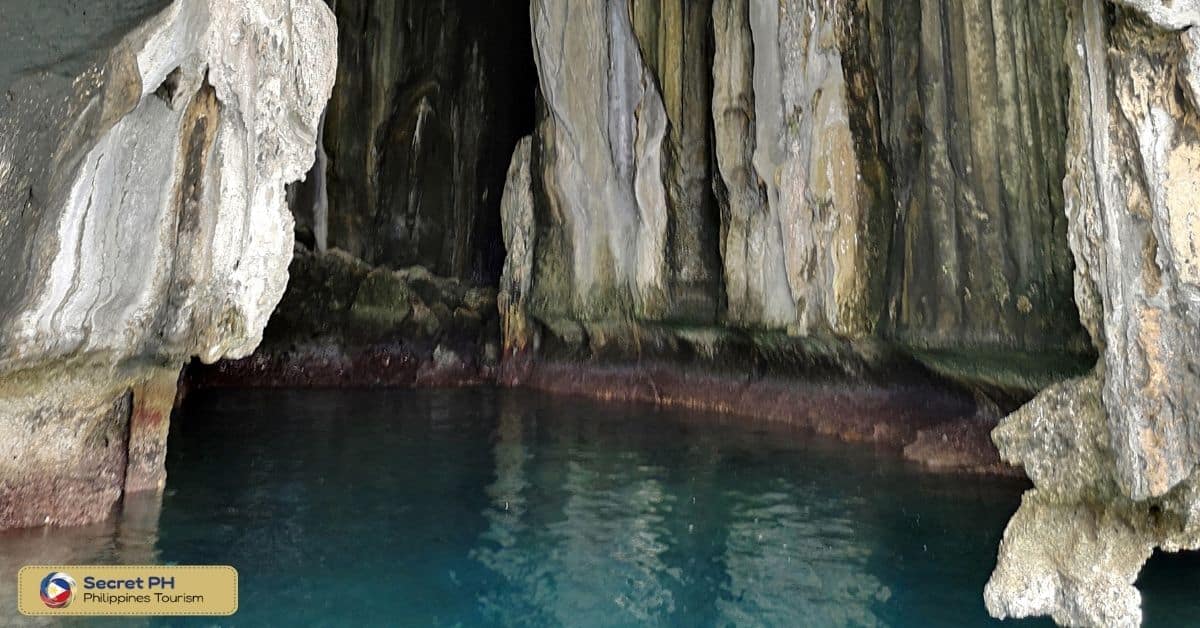
Preparation and Essential Gear for Caving
Caving, also known as spelunking, is an exciting and unique adventure activity that takes you deep into the underground world. The Philippines, with its vast network of caves and underground rivers, offers some of the best caving experiences in the world.
However, exploring caves is not for the faint of heart. It requires proper preparation and gear to ensure a safe and enjoyable experience. Here, we will guide you with the essential things you need to know before going caving in the Philippines.
Preparation
It is essential to do some preparation before venturing into a cave. Caving requires physical and mental strength, so it is important to be in good physical shape for the activity.
It is also important to familiarize yourself with the cave system you are exploring, including its terrain and any potential hazards that may be present. Additionally, research the cave and ensure that you have the necessary permits to enter it.
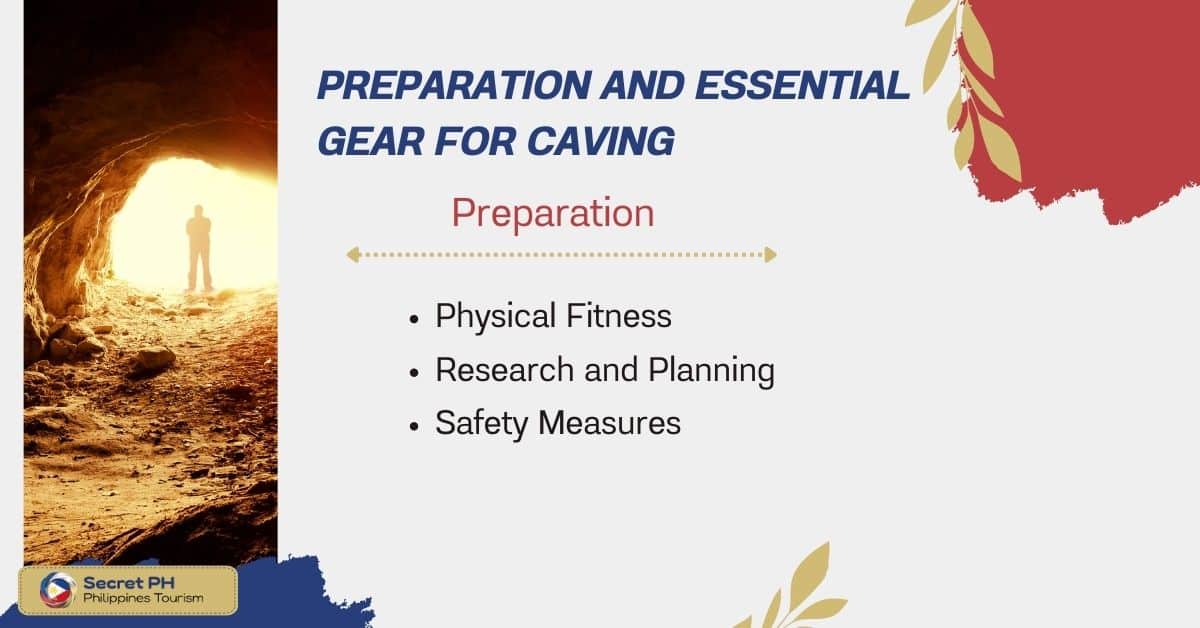
Physical Fitness
Caving can be physically demanding as it requires crawling, climbing, and sometimes swimming in underground rivers. Thus, before heading out on a caving adventure, make sure that you are physically fit and healthy. Some caves can take several hours to explore, so stamina and endurance are vital.
Research and Planning
It is essential to research and plan before embarking on a caving expedition. Find out about the cave’s location, the level of difficulty, and the safety hazards that may exist. It’s also essential to check the weather forecasts and plan accordingly.
Safety Measures
Safety should be the number one priority when caving. It is essential to bring safety equipment such as helmets, headlamps or flashlights, and a first aid kit. Caves are unpredictable environments, and accidents can happen, so it is crucial to have the right safety gear on hand.
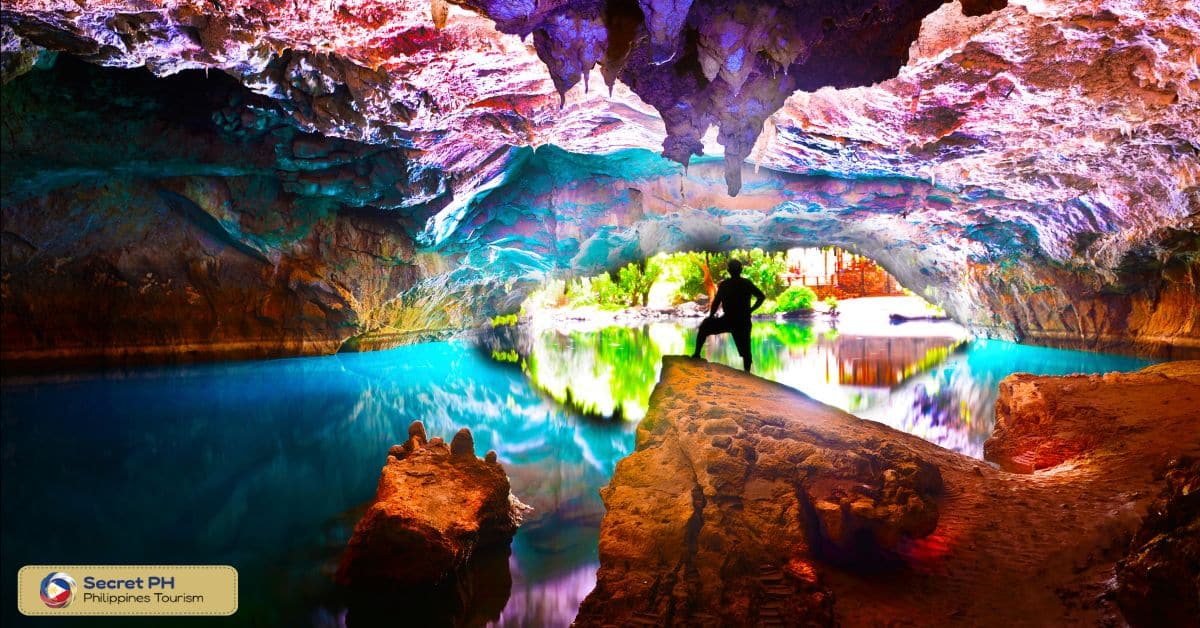
Essential Gear
Caving is an exciting adventure activity that takes you deep into the underground world. Exploring caves can be thrilling, but it requires proper preparation and the right gear to ensure a safe and enjoyable experience. Here is a list of essential gear for caving in the Philippines.
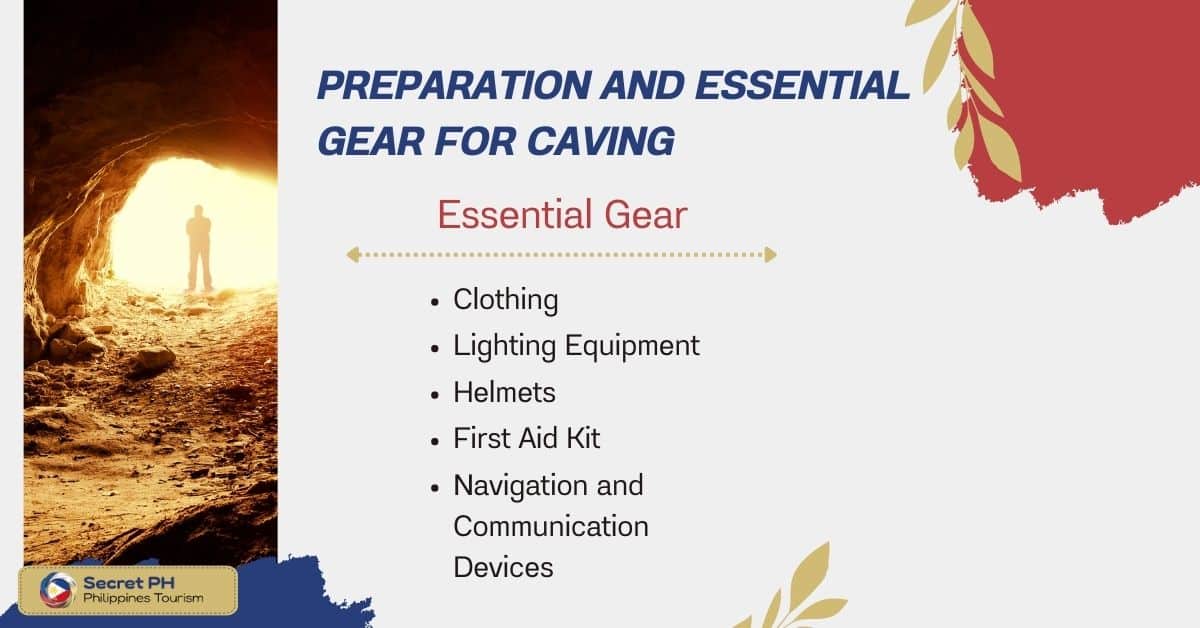
Clothing
When caving, it is essential to wear comfortable clothing that allows a full range of motion. Clothes should be made of light and breathable fabric, as caves can be warm and humid despite their chilly temperatures. It is also advisable to wear sturdy and durable footwear with good traction, as caves can be slippery.
Lighting Equipment
Caves are incredibly dark environments, so headlamps or flashlights are essential for caving. Headlamps are preferred as they allow you to use both hands when navigating through the cave.
Helmets
Helmets are crucial in caving as they protect your head from any potential hazards such as falling rocks or bumps. A good helmet should fit snugly on your head and have a chin strap to keep it in place.
First Aid Kit
Caves can be unpredictable environments, and accidents can happen. Having a first aid kit on hand with basic medical supplies is essential when caving. The first aid kit should include items such as bandages, antiseptic wipes, and painkillers.
Navigation and Communication Devices
Caves can be confusing, and navigation can be challenging, so having a navigation tool such as a compass or GPS device is essential to stay on track. Additionally, it’s essential to have a communication device such as a two-way radio or a mobile phone in case of emergencies.
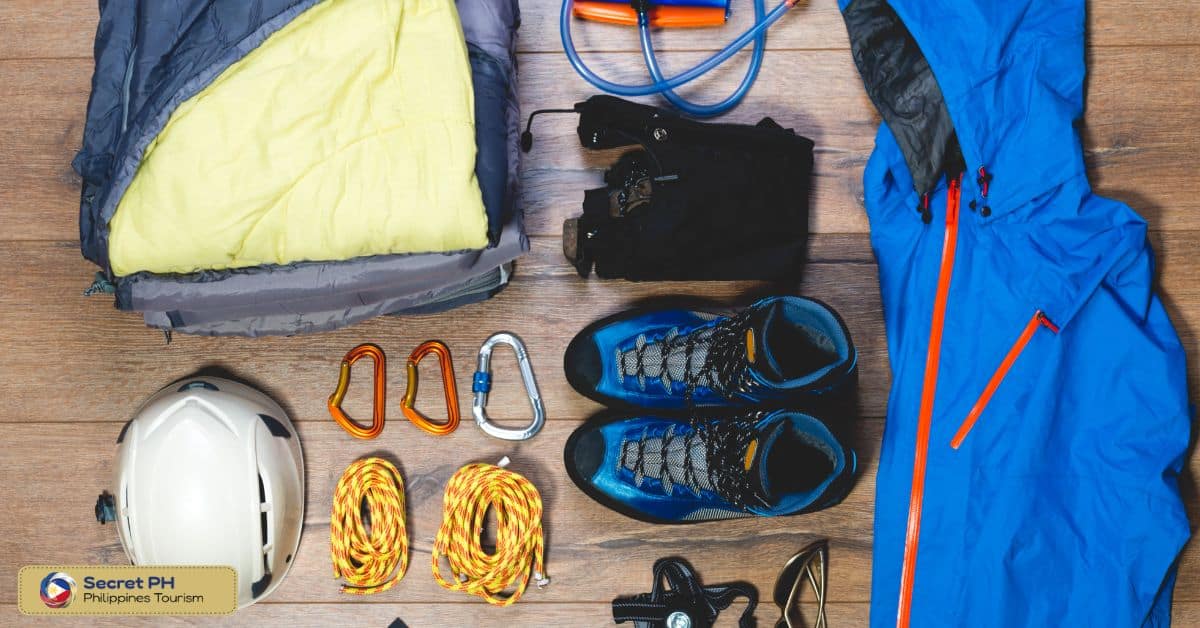
In conclusion
Caving in the Philippines is an incredible experience that will take you on a journey through some of the most stunning geological formations and unique flora and fauna in the world. From massive underground chambers to winding passageways, caves are full of captivating sights and hidden wonders.
But caving isn’t just about exploring these natural wonders; it also has deep cultural significance and can teach us about the incredible adaptability of life on Earth. Whether you are a seasoned caver or a beginner, with proper and essential gear, you can have an unforgettable adventure in the underground wonders of the Philippines.


